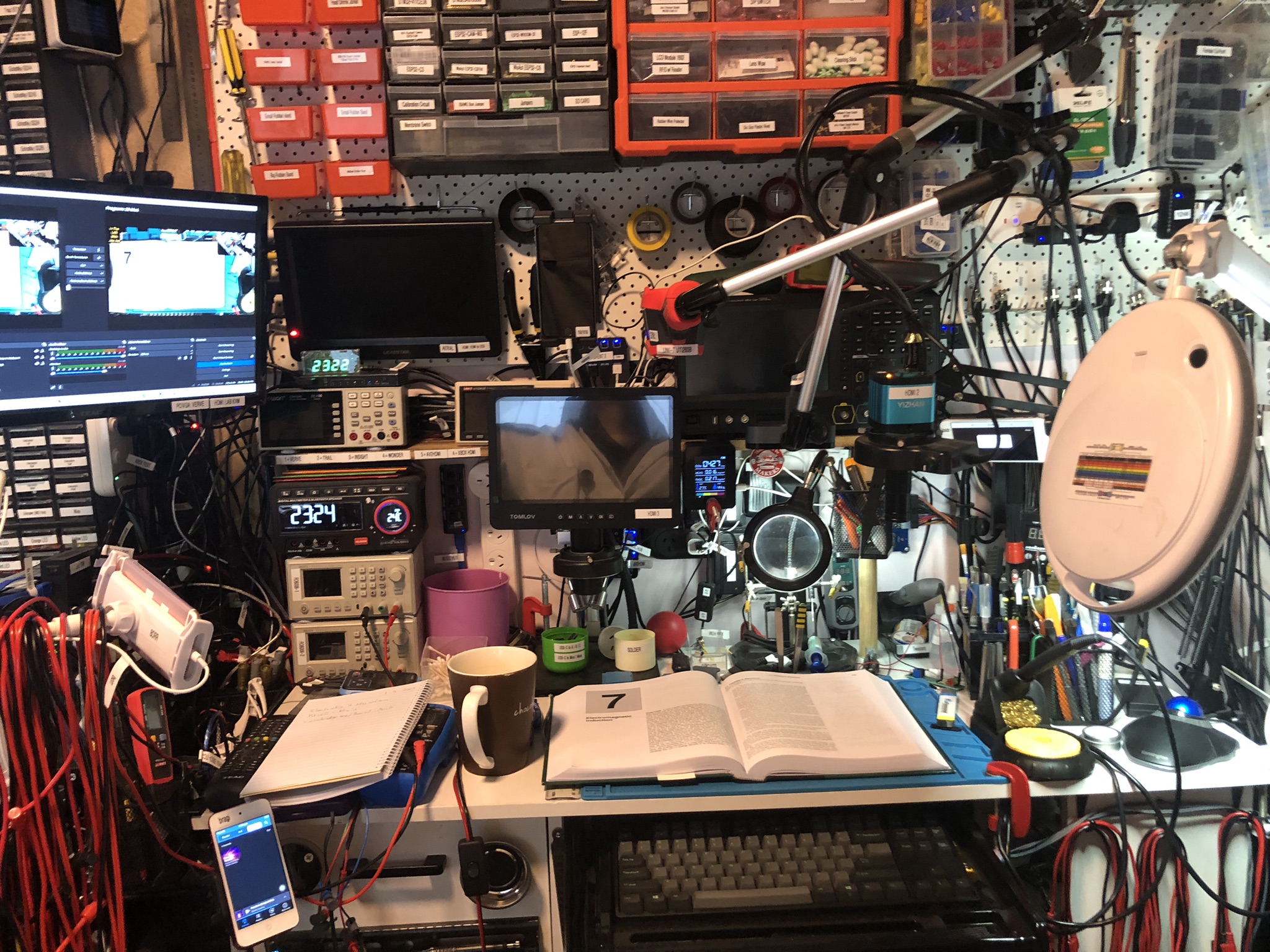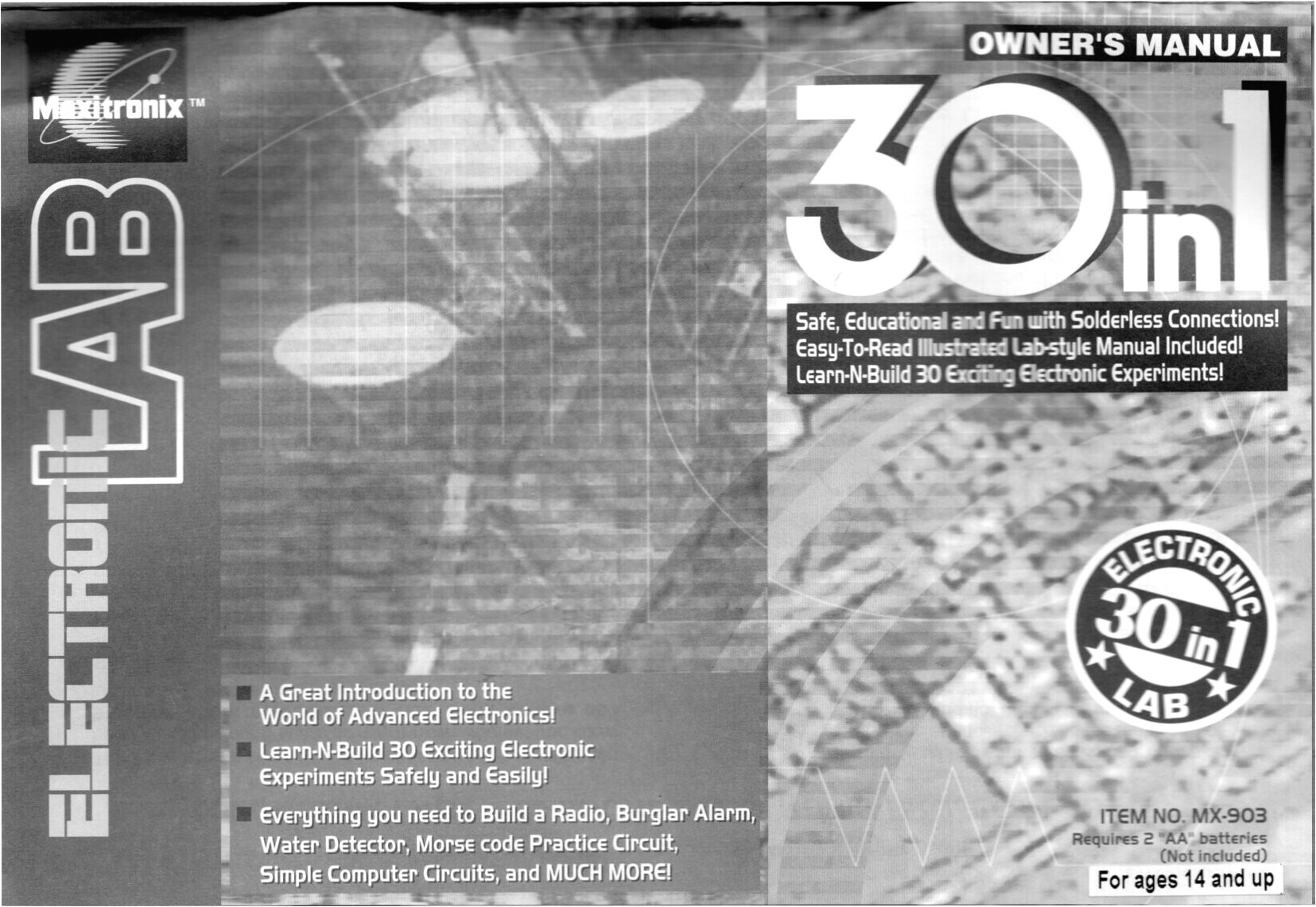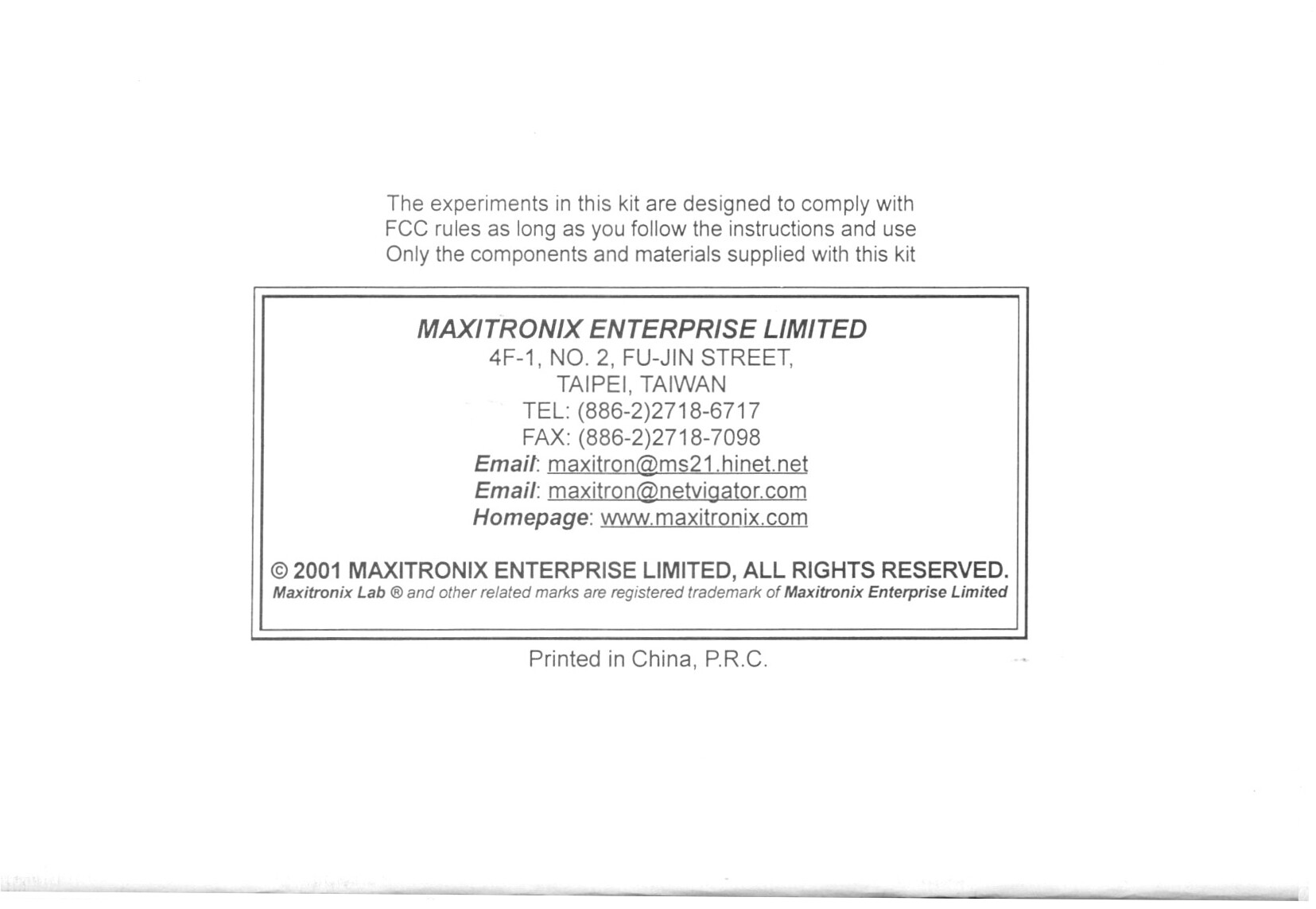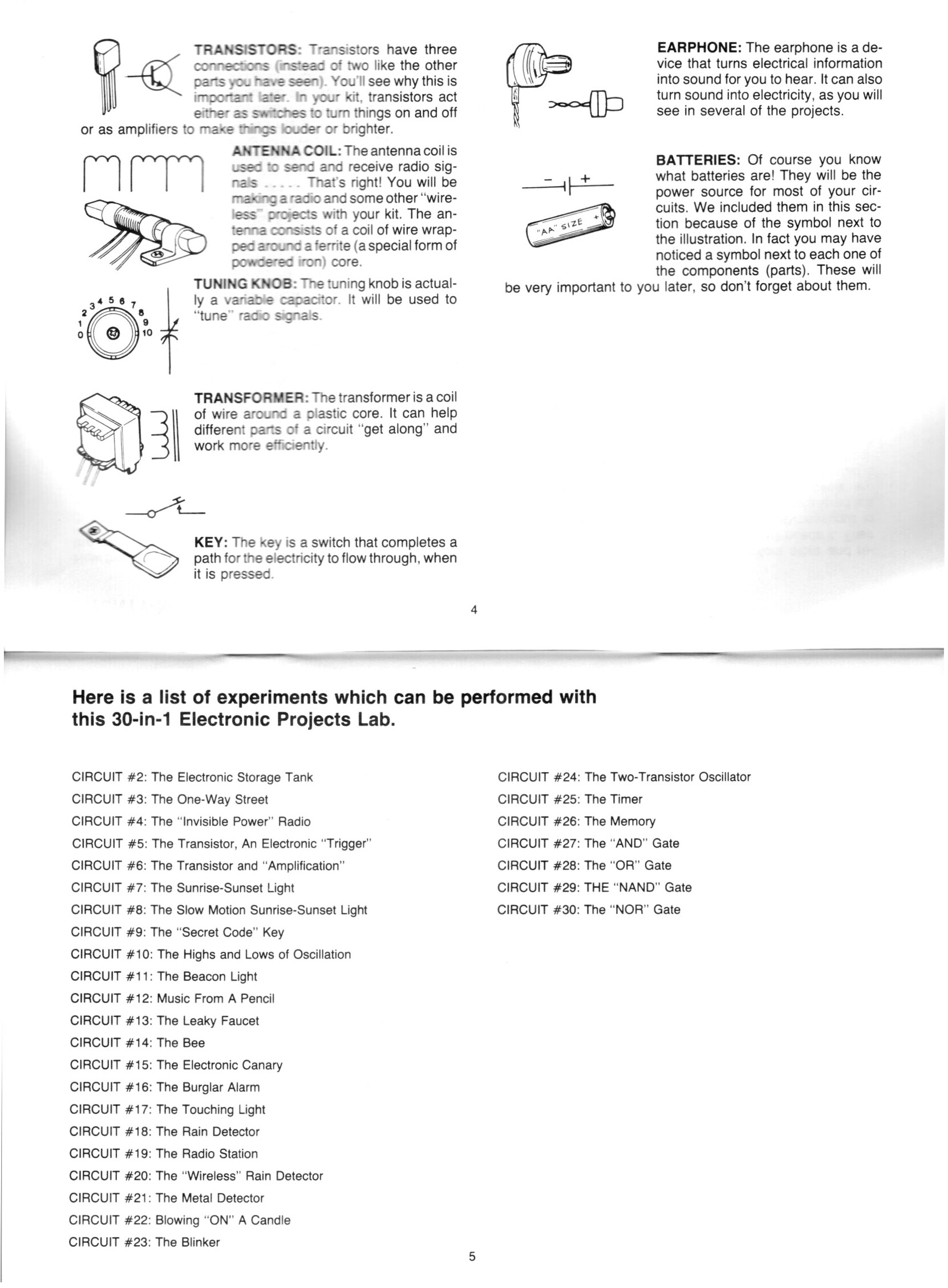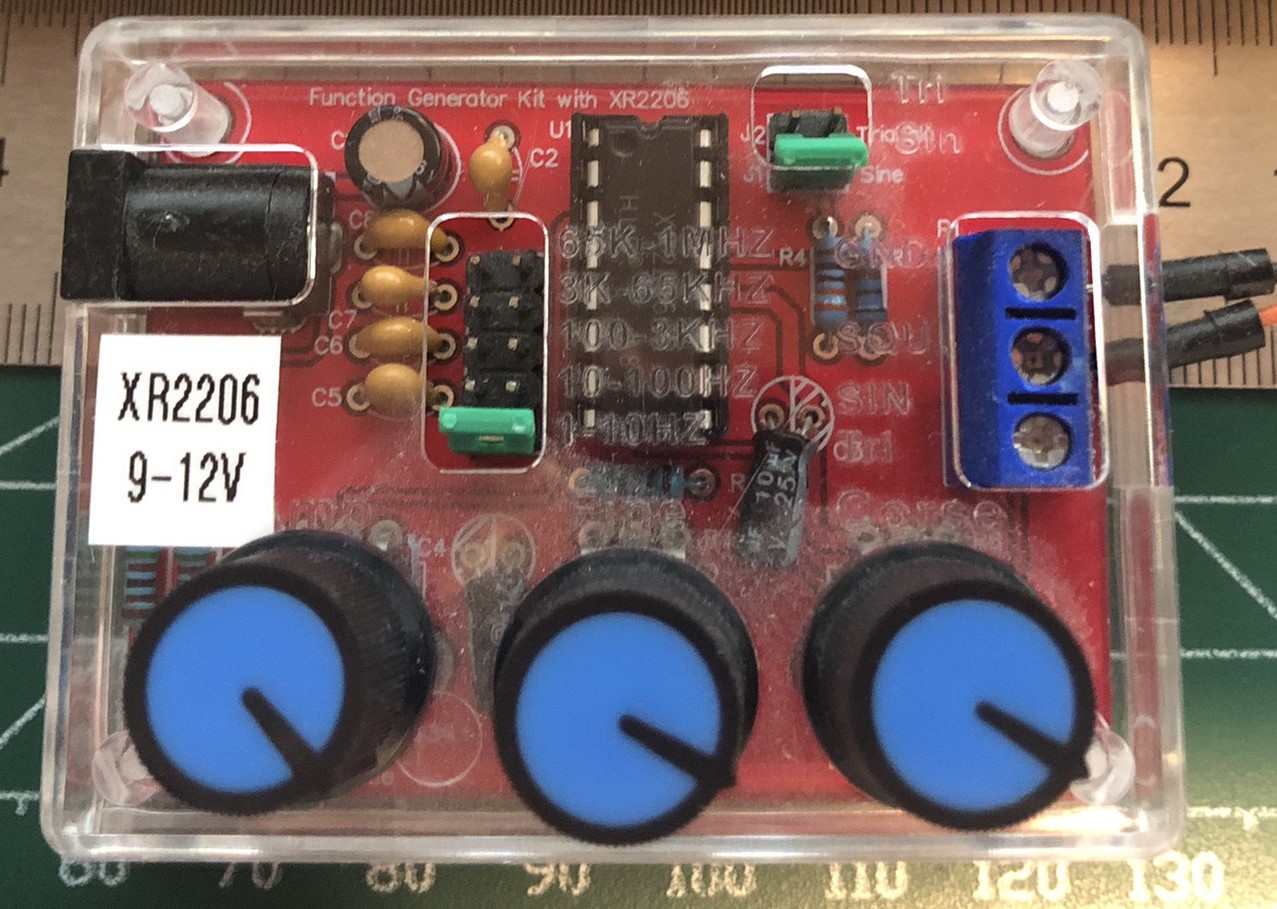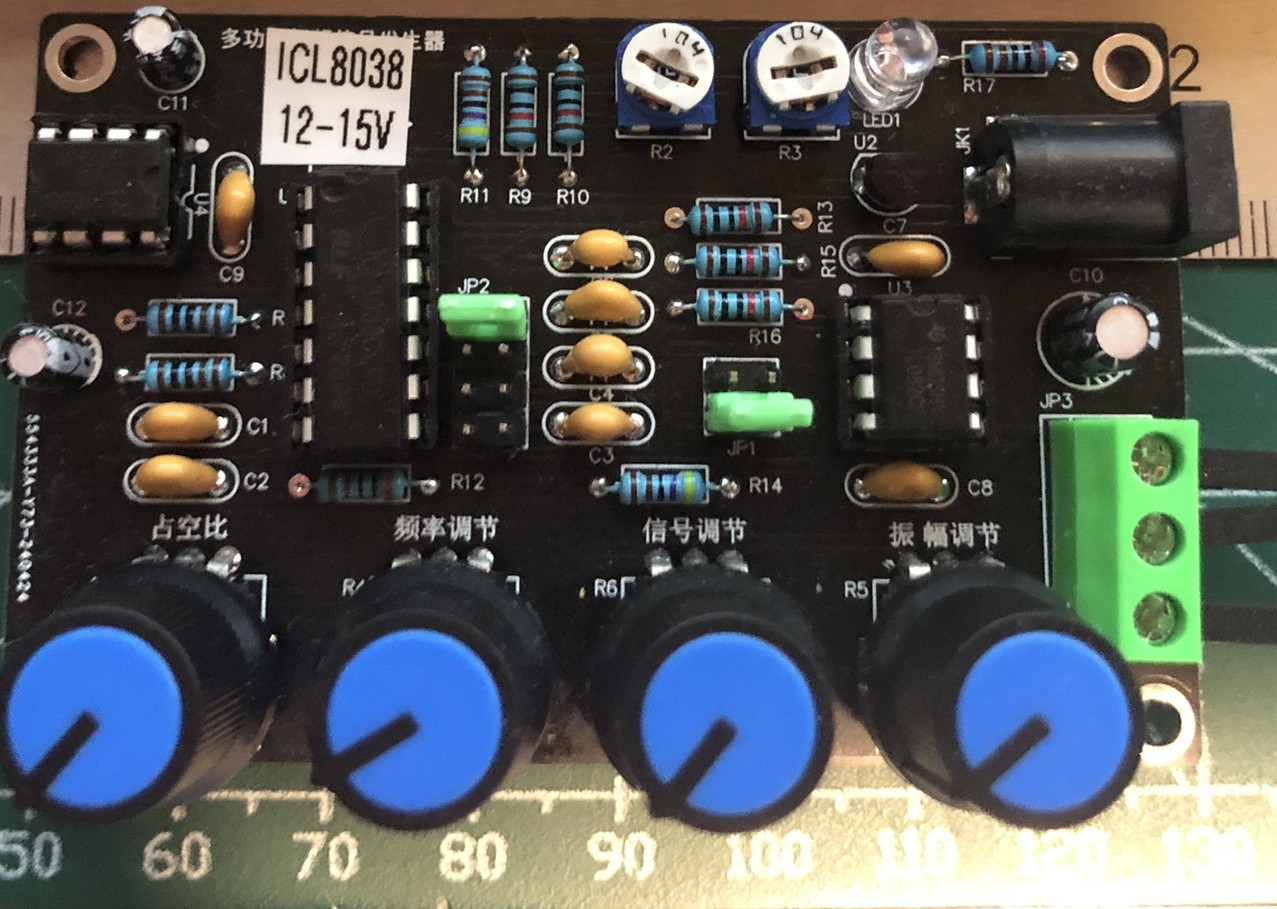This video about the discovery of oxygen is interesting: This IMPOSSIBLE Theory Led to the Discovery of Oxygen.
Milestone for In The Lab With Jay Jay: 1,337 subscriptions
Introducing Learning the Art of Electronics | Learning Electronics In The Lab With Jay Jay
This post is part of my video blog and you can find more information about this video over here.
You can support this channel on Patreon: patreon.com/JohnElliotV
This project’s homepage is here: John’s wiki § Learning the Art of Electronics.
In this video we introduce a new feature of the show. In these segments we will be working through Learning the Art of Electronics.
We will be doing a total of 27 videos for this feature. 25 labs, this introduction, and a conclusion. Videos will come out on the first Tuesday of every month (hopefully!).
We did a new book teardown for this book last year: New Book Teardown #3: Learning The Art of Electronics: A Hands-On Lab Course (2016) | In The Lab. You can see in the comments a number of people encouraged me to make videos for this book, so that’s what we’re doing now.
Also a shout out to my mate over on Learning as a hobby for encouraging me to undertake this project.
Thanks very much for watching! And please remember to hit like and subscribe! :)
Following is a product I use picked at random from my collection which may appear in my videos. Clicking through on this to find and click on the green affiliate links before purchasing from eBay or AliExpress is a great way to support the channel at no cost to you. Thanks!
JST XH2.54 6pin Pre-crimped Connector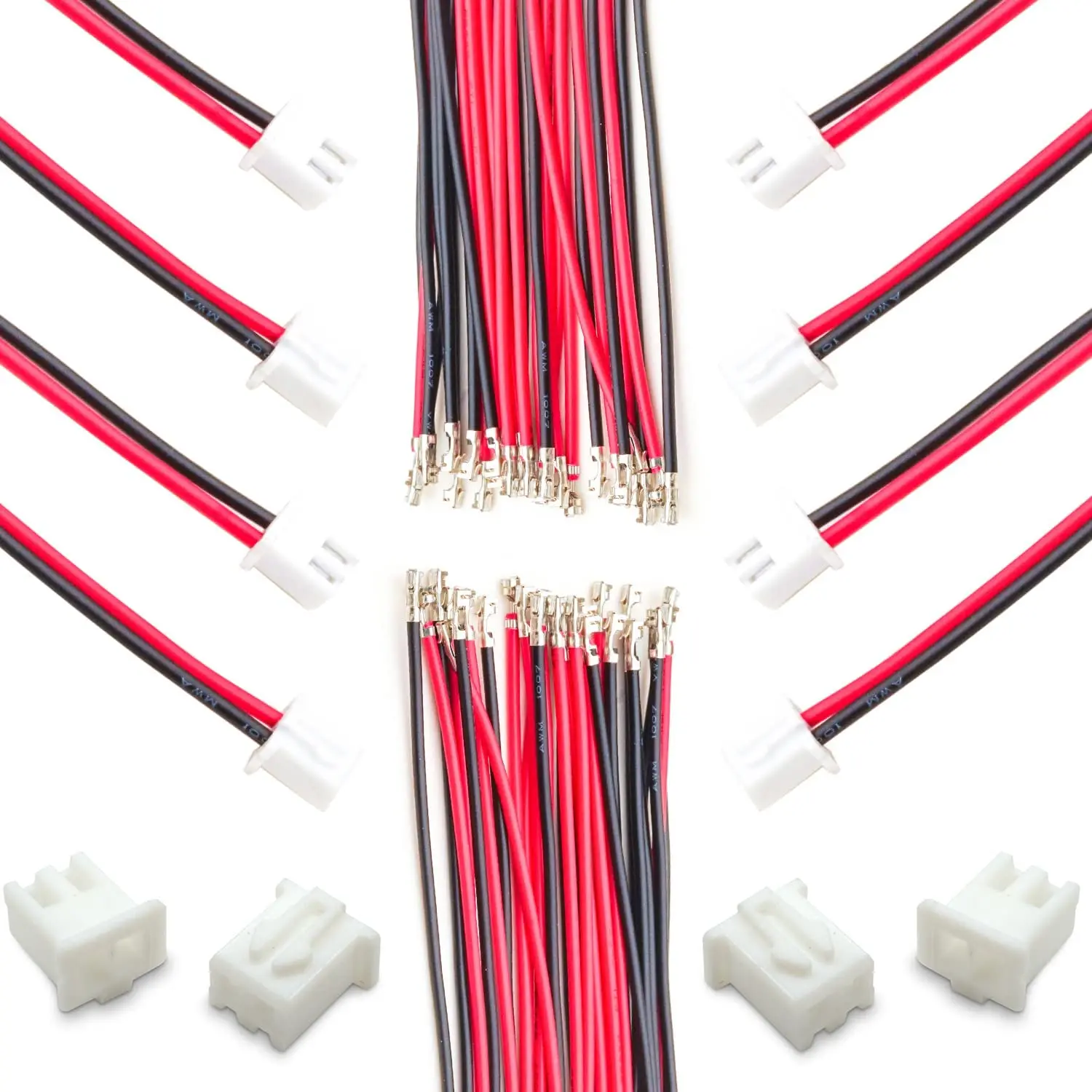 |
Let’s go shopping!
Happy April Fool’s Day
Here’s me in the lab recording a New Book Teardown for Electricity and Magnetism this April Fool’s Day.
All You Need To Know About The Diode Test Mode On Your Multimeter To Fix Stuff
Today I watched All You Need To Know About The Diode Test Mode On Your Multimeter To Fix Stuff. Richard listed some typical forward voltages across various types of diodes:
- Schottky Diode ~ 0.15V
- Germanium Diode ~ 0.22V – 0.28V
- Fast Switching Diode ~ 0.4V – 0.45V
- Silicon Diode ~ 0.5V – 0.6V
- Red LED ~ 1.7V – 1.8V
- Yellow LED ~ 1.8V
- Green LED ~ 2.2V – 2.3V
10 Things I Wish I Knew When I Started Microsoldering
I really enjoyed watching this video: 10 Things I Wish I Knew When I Started Microsoldering. The ten things are:
- You can only learn by actually working on motherboards
- You can actually get good quality tools (for cheap) from AliExpress
- Just because a tool works well for someone else doesn’t mean it will work well for you
- 90% of good soldering comes from having an understanding how heat works and how heat dissipates
- All the pros that you see on YouTube are still learning too!
- Know your limits, there are some problems you can’t fix
- Some things aren’t worth fixing because of the time and effort and cost involved, but sometimes things are worth fixing just for practice and learning purposes
- BGA work isn’t as scary as it seems or is made out to be
- Buy your consumables in bulk
- Spend time learning from pros on YouTube!
Texas Instruments Datasheets
I was watching The Differential Pair Becomes an Op-Amp – Transistors 101, episode 18 and they mentioned this datasheet: https://ti.com/lit/ds/symlink/lm358.pdf. That URL looks very hacker friendly to me, if you know what you’re looking for you can probably guess the URL! I haven’t tried this in anger yet, this is just a note for Future John.
Introducing Maxitronix 30in1 | Maxitronix 30in1 | Learning Electronics In The Lab With Jay Jay
This post is part of my video blog and you can find more information about this video over here.
You can support this channel on Patreon: patreon.com/JohnElliotV
In this video we introduce the Maxitronix 30in1.
Thanks very much for watching! And please remember to hit like and subscribe! :)
Following is a product I use picked at random from my collection which may appear in my videos. Clicking through on this to find and click on the green affiliate links before purchasing from eBay or AliExpress is a great way to support the channel at no cost to you. Thanks!
JST XH2.54 6pin Pre-crimped Connector |
Let’s go shopping!
Power for XR2206 and ICL8038 signal generators
The Art of Electronics
I am having a conversation over on New Book Teardown #3: Learning The Art of Electronics: A Hands-On Lab Course (2016) | In The Lab and I was asked about the various books that carry the title “art of electronics”, they are:
- The Art of Electronics by Paul Horowitz and Winfield Hill currently in its 3rd edition. This masterpiece of electronics literature was first published in 1980 and has been the go-to book for anyone interested in learning about electronics ever since. It’s the textbook for many university electronics courses. The 3rd edition of the book was published in 2015.
- The Art of Electronics: The x-Chapters also written by Paul Horowitz and Winfield Hill is a collection of supplementary material that didn’t make it into the 3rd edition of The Art of Electronics.
- Learning the Art of Electronics is a companion book that provides a structured introduction to electronics through a collection of 25 lab exercises. It’s the coursework for many university electronics courses. The 1st edition by Thomas C. Hayes and Paul Horowitz was published in 2016. The 2nd edition by Thomas C. Hayes and David Abrams comes out in 2025.


